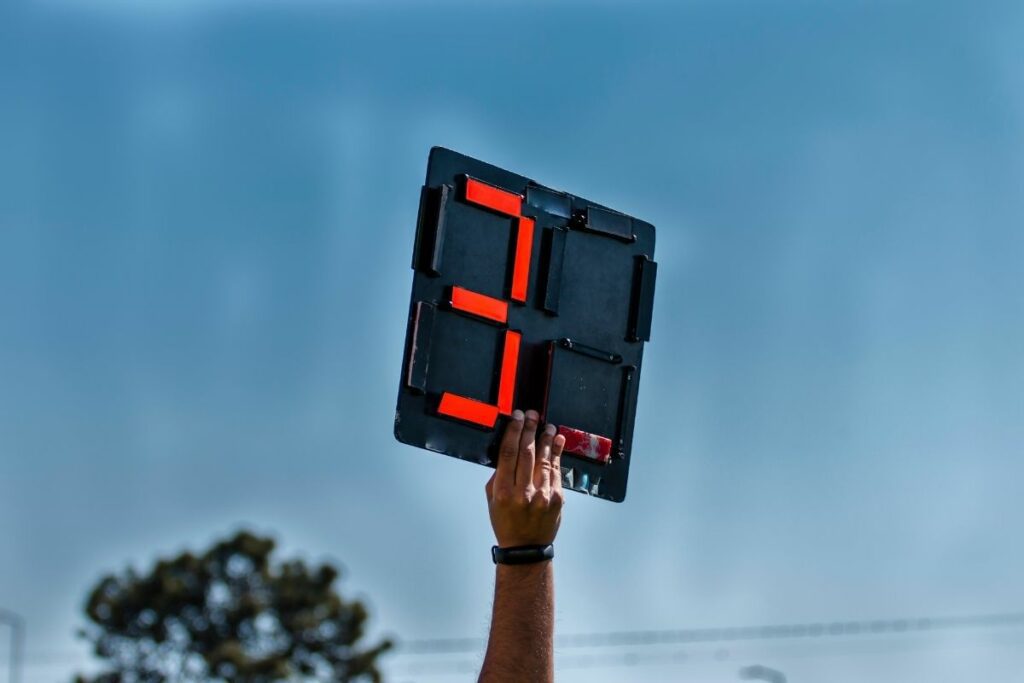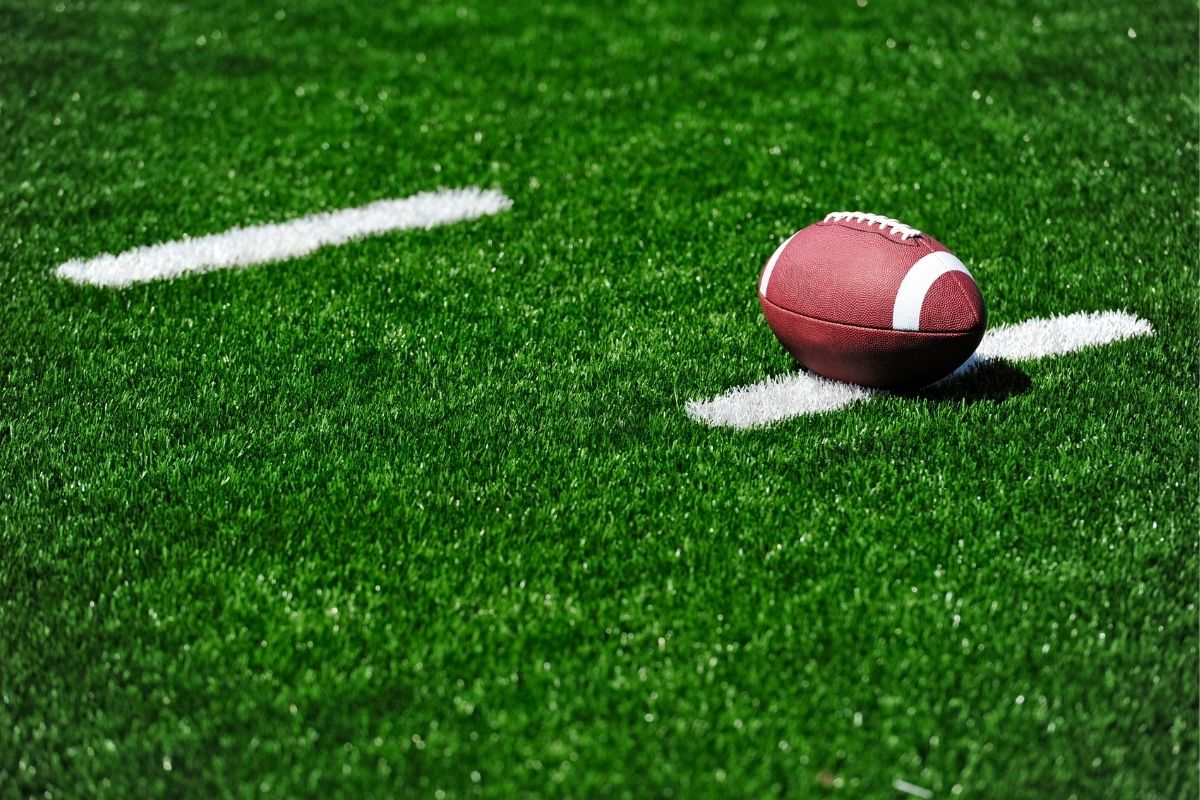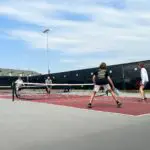Soccer is a popular sport that is played and enjoyed by people all over the world.
At halftime and again at the end of the game, the fourth official on the sideline holds a sign above his head that shows the players and the watchers a certain set of numbers.


These numbers are what’s known as Stoppage Time.
Stoppage Time (also known as extra time) usually adds about 5 minutes of extra time to the game, but it can go on for up to 15 minutes in some cases.
So What is Stoppage Time and how do the referees of the match even calculate it? Read on to find out everything you need to know!
What Is Stoppage Time?
Stoppage Time is additional time that is added to the soccer game at both the end of the first half and the end of the second half.
It is also known as additional time, extra time, and even injury time.
Though it is usually time that is added to the end of the two halves due to injury, there are a number of different reasons Stoppage Time can get added to the match.
It is up to the referees to determine how much Stoppage Time is added. To do this, they have to keep track of everything going on in the game and then they determine how much time needs to be added.
A Brief History Of Stoppage Time
The first known use of Stoppage Time was during a game in 1891, between Aston Villa and Stoke.
To make sure they won the game, the Aston Villa goalkeeper kicked the ball clean out of the stadium, knowing that the 90 minutes of the match were going to elapse and Stoke couldn’t take their penalty kick.
To prevent this from happening again, the English Football Association introduced Stoppage Time to all future matches.
So How Does The Referees Calcuatue Stoppage Time?
There are a few different ways the referees determine stoppage time.
The most common is taking any injury time during the two halves and adding that to the end, but there are other circumstances in which stoppage time is determined.
Here are some examples:
Injury Time
Starting with the most obvious, injury time is a huge contributor to how much Stoppage Time is added to the end of both halves.
Usually, if a soccer player suffers a minor injury whilst on the pitch, their club’s physiotherapist will come out to meet them on the pitch and check over them. The physio determines if they are good to keep playing or need further medical attention.
If it’s a more serious injury, there are usually medical professionals within proximity of the pitch.
The clock still ticks on the match, but the time that is spent waiting for the player to be taken off the pitch or being cleared to keep playing is added to the end of the match.
Injury time is usually the biggest contributor to Stoppage Time.
Number Of Goals Scored
You might not think this is a contributing factor to Stoppage Time, but it is!
If there have been no goals scored, there’s less time spent on the victory celebrations, so there’s less time wasted.
Whenever goals are scored though, both the players and the spectators celebrate, and it’s quite common for players to do a small victory run and have a brief celebration with the rest of their team in the middle of the match.
Altercations
Soccer can cause quite a bit of tension, especially between opposing teams. Sometimes players get into altercations with each other, both verbal and physical.
The referee on the pitch will usually break these altercations up before they get too out of hand, but sometimes even the referee doesn’t get there quite in time.
Sometimes players have verbal altercations with the referee as well. They could not agree with the referee’s decision on something and that can cause arguments.
The referee shuts these arguments down pretty quickly though and in some cases, the player in question can get issued with a yellow or red card if they take it too far.
The time on the clock doesn’t stop during these altercations either, so any time that is paused to deal with them is added to the end of the half.
Verifying Goals
There are occasions when a player will score, the celebration will begin but then they are stopped in their tracks because something about the goal wasn’t quite right.
The goal then needs to be rechecked and rewatched by the referees on the sidelines and in some cases, the goal is revoked. Usually, the game will keep being played, but in some cases, the game will pause.
The clock keeps ticking regardless, and if the game itself has been paused, the accumulated time will be added to the end of the half.
What Happens If The Game Is Still Tied After Stoppage Time?
Stoppage Time usually helps a team to get an extra goal so they can win, but in lots of cases, the extra time given results in no extra goals and lots of ties.
The results of a tie after Stoppage Time vary depending on which competition or league it is.
If the teams are still tied after Stoppage Time in cup competitions such as the EFL in England, the teams go straight to a penalty shootout to determine the winner.
In the FA Cup, if the teams are still tied after Stoppage Time, the game will continue for another 30 minutes, with a break in between so each half is 15 minutes.
Conclusion
There are lots of factors that contribute to how the referees determine Stoppage Time in a soccer match.
The clock very rarely stops during any of these soccer matches, so Stoppage Time is crucial to keep the game fair and to make sure no time is wasted on top the Stoppage Time.
So next time you’re watching a match, you’ll have a better idea now of how Stoppage Time works and how it’s determined!
- Can You Play Pickleball on Grass? Tips and Tricks - June 12, 2023
- Do Pickleballs Wear Out? Everything You Need to Know - June 12, 2023
- Can You Play Pickleball on Concrete? A Guide to Playing on Hard Surfaces - June 12, 2023








